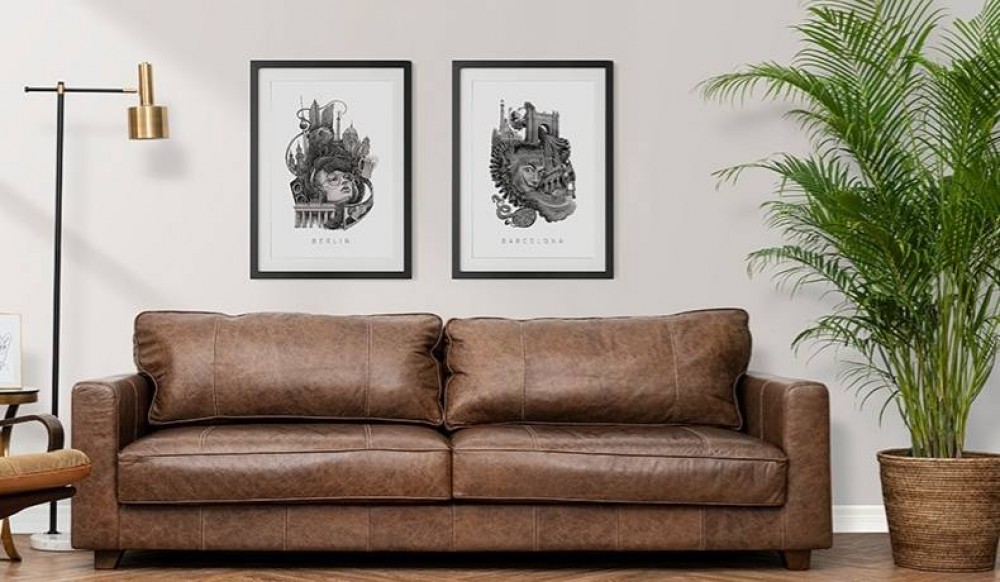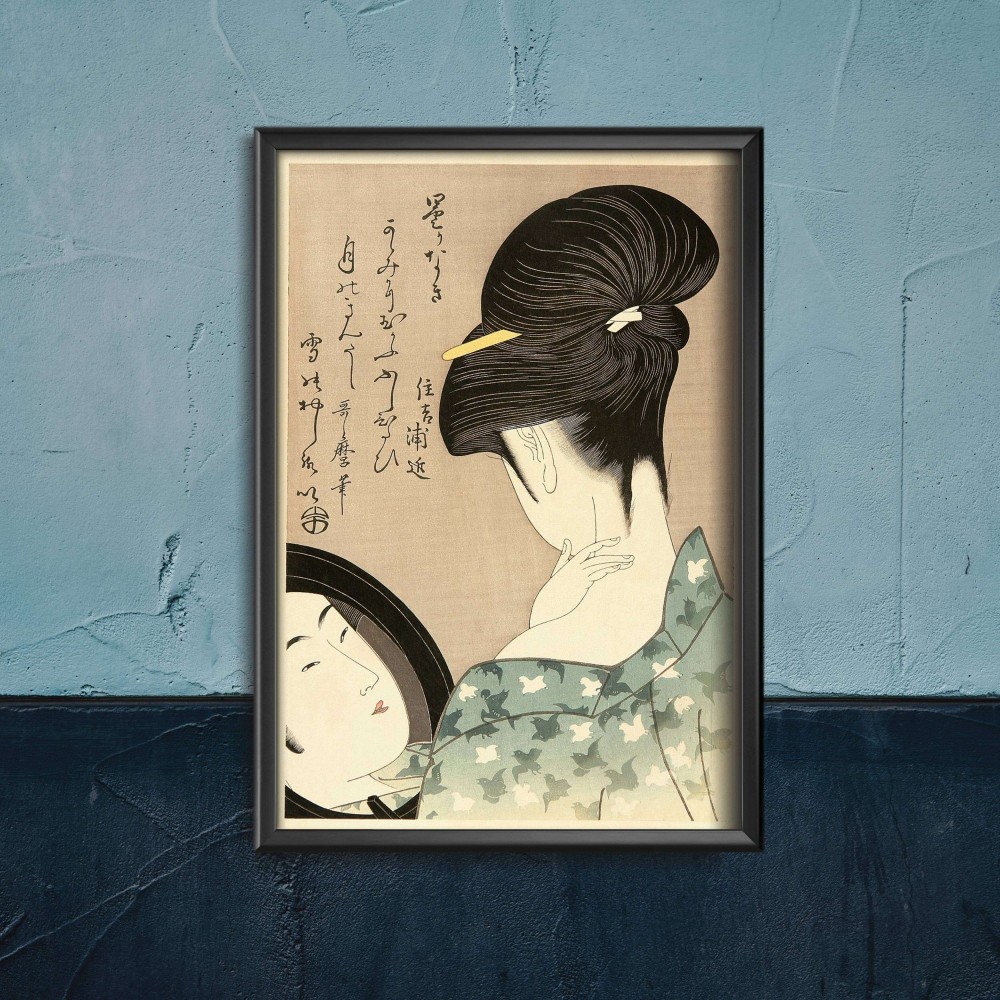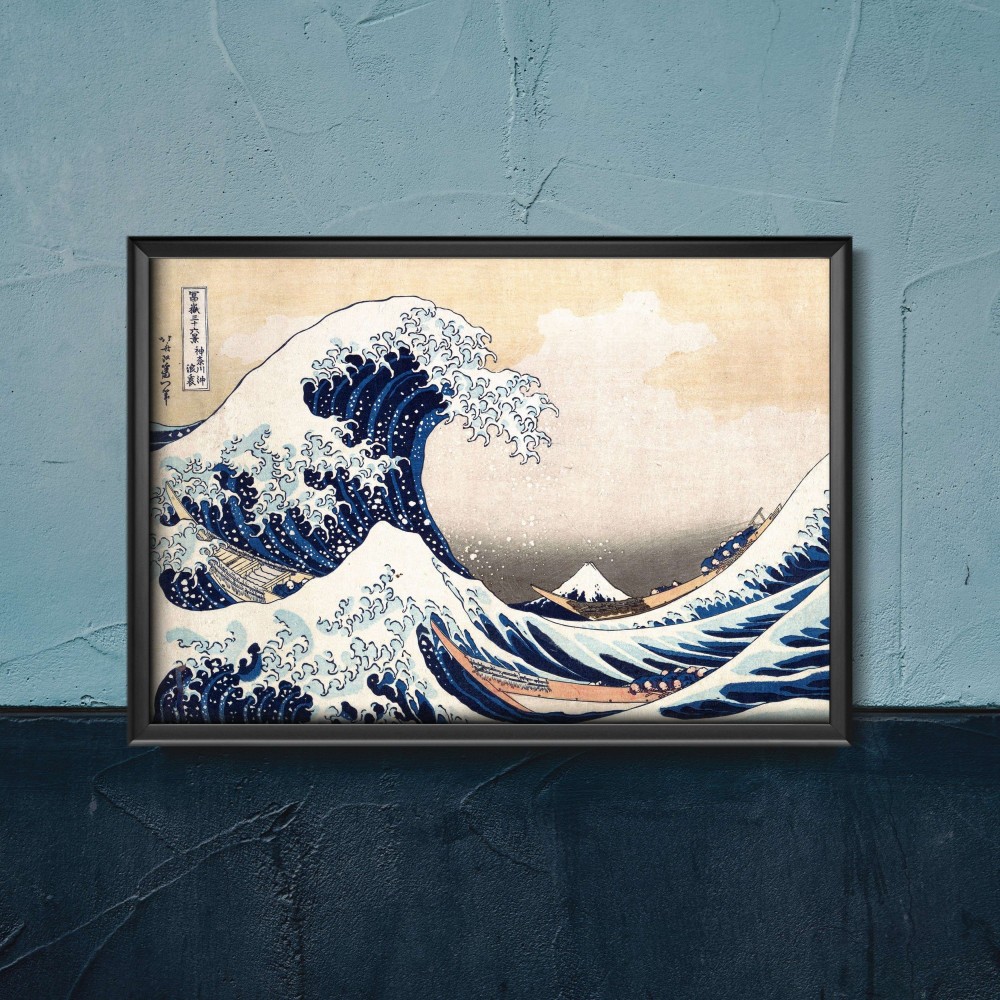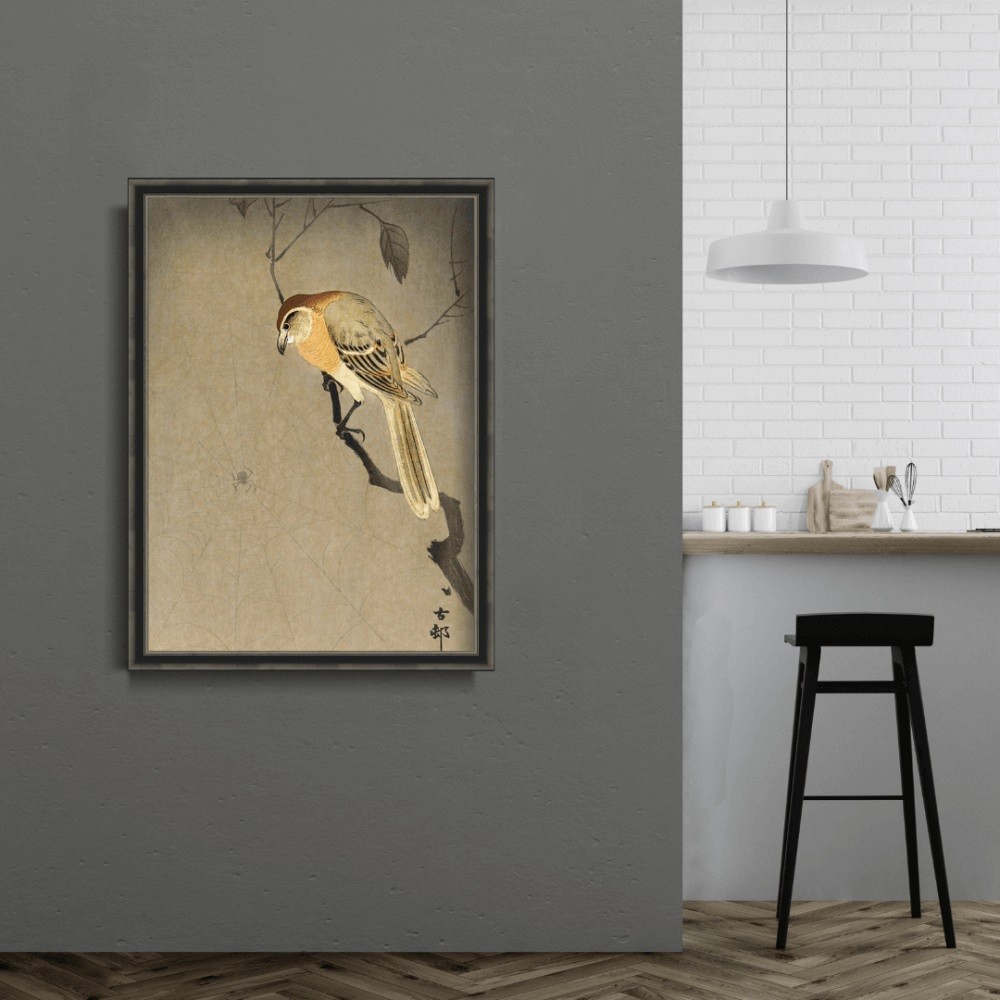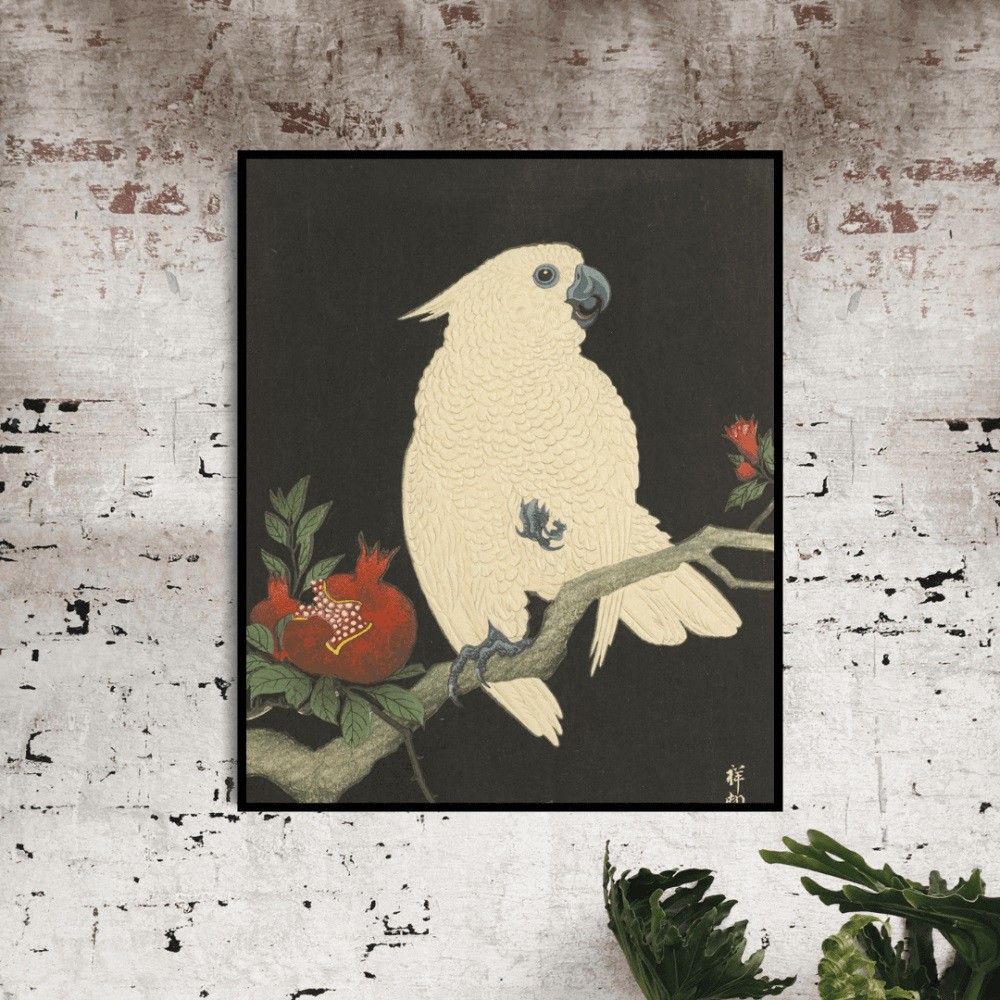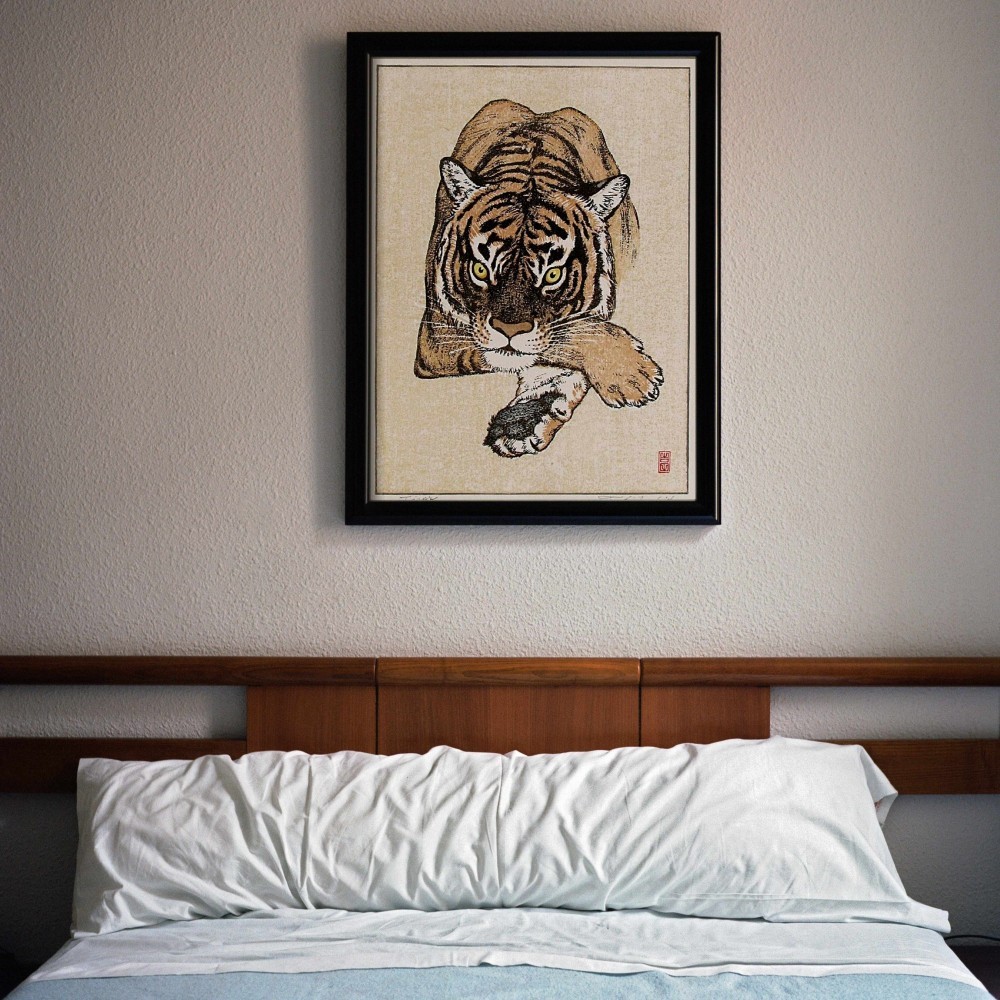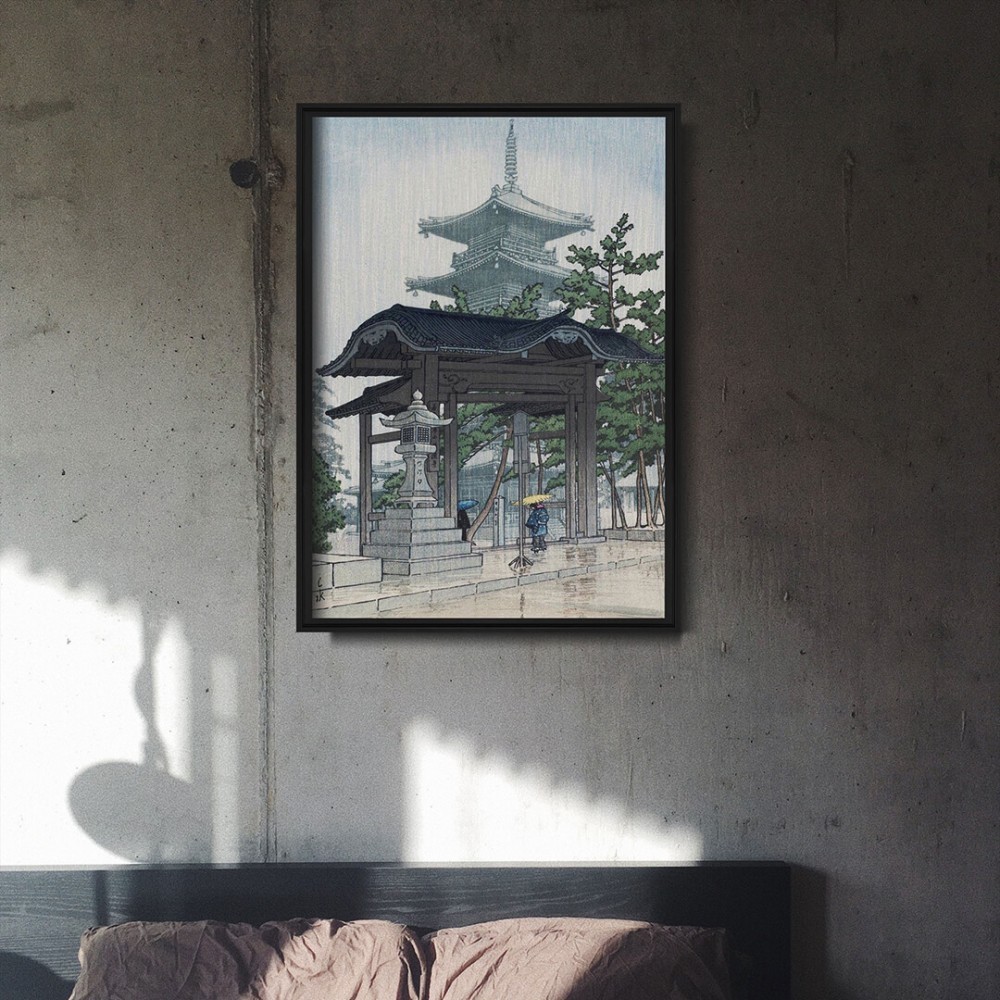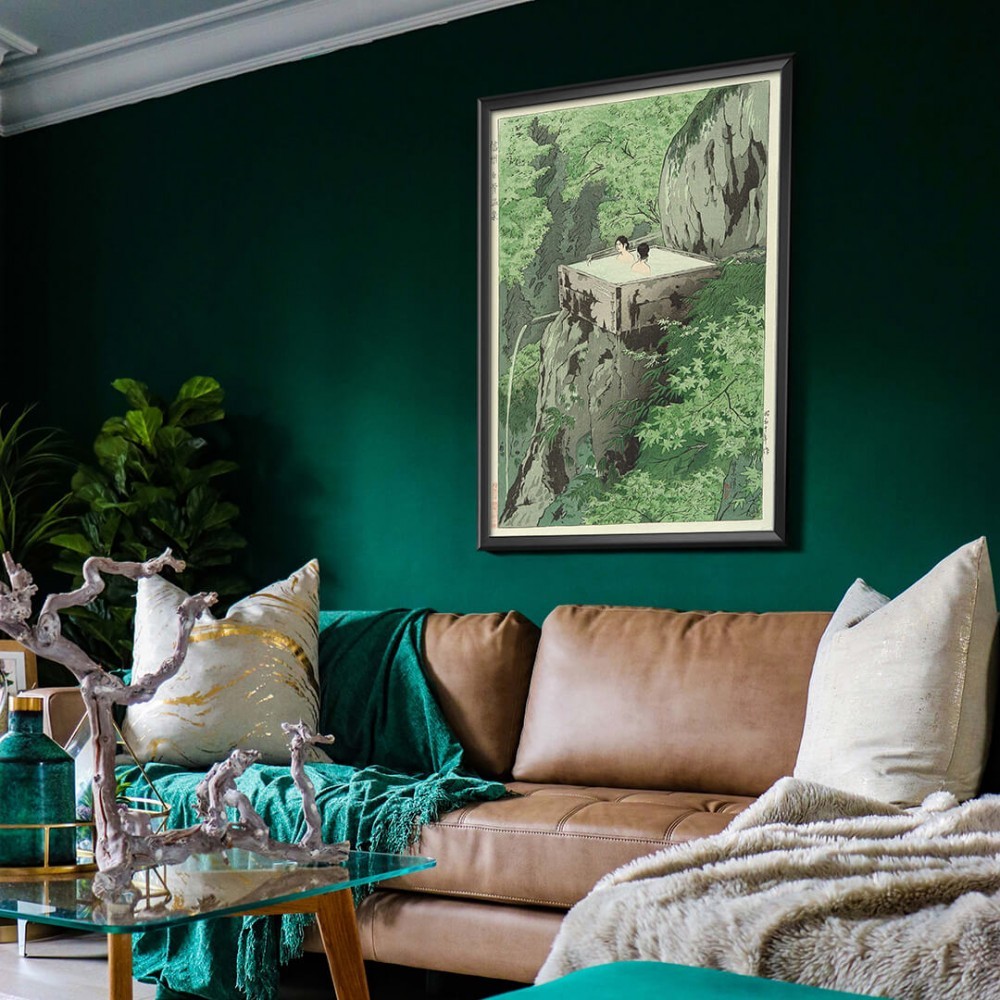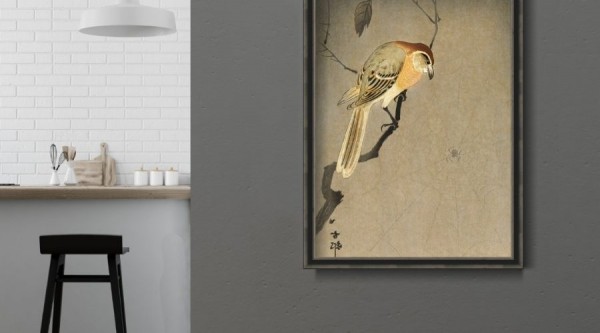
Japanese woodblocks - history
It cannot be denied that over the centuries Japanese art has developed completely differently than Western art. Japan is distinguished by a rich artistic tradition covering a wide range of styles and techniques that we have not had the opportunity to observe in Europe or America, such as the art of calligraphy on silk or paper, origami, ceramics, traditional Japanese Ukiyo-e painting or just woodblocks.
We will not go through the entire history of Japanese woodblocking, which dates back to the 8th century. However, it is worth paying attention to the historical origins of the later styles that we will discuss, because, regardless of whether we are talking about the Ukyio-e or Sosaku-hanga style, from the perspective of a European who comes into contact with Japanese woodblock rather rarely, certain things, relationships and dependencies may seem, well, incomprehensible.
The technique of making woodblocks appeared in Japan probably as early as the 8th century thanks to Korean influences. But why did Japan develop woodblock art at all, and not, like in Europe, oil painting, for example? The question is quite trivial - it was a quick and effective way of reproducing the Buddhist scriptures that were to be made available to the public. With technological development, printers gained new possibilities, such as printing complex, multi-colored prints, which allowed for the creation of images of higher artistic quality.
We present you three main trends of modern Japanese woodblock art, the similarities and differences between them, and, of course, some poster proposals that will inspire you to bring a little Orient to your home!
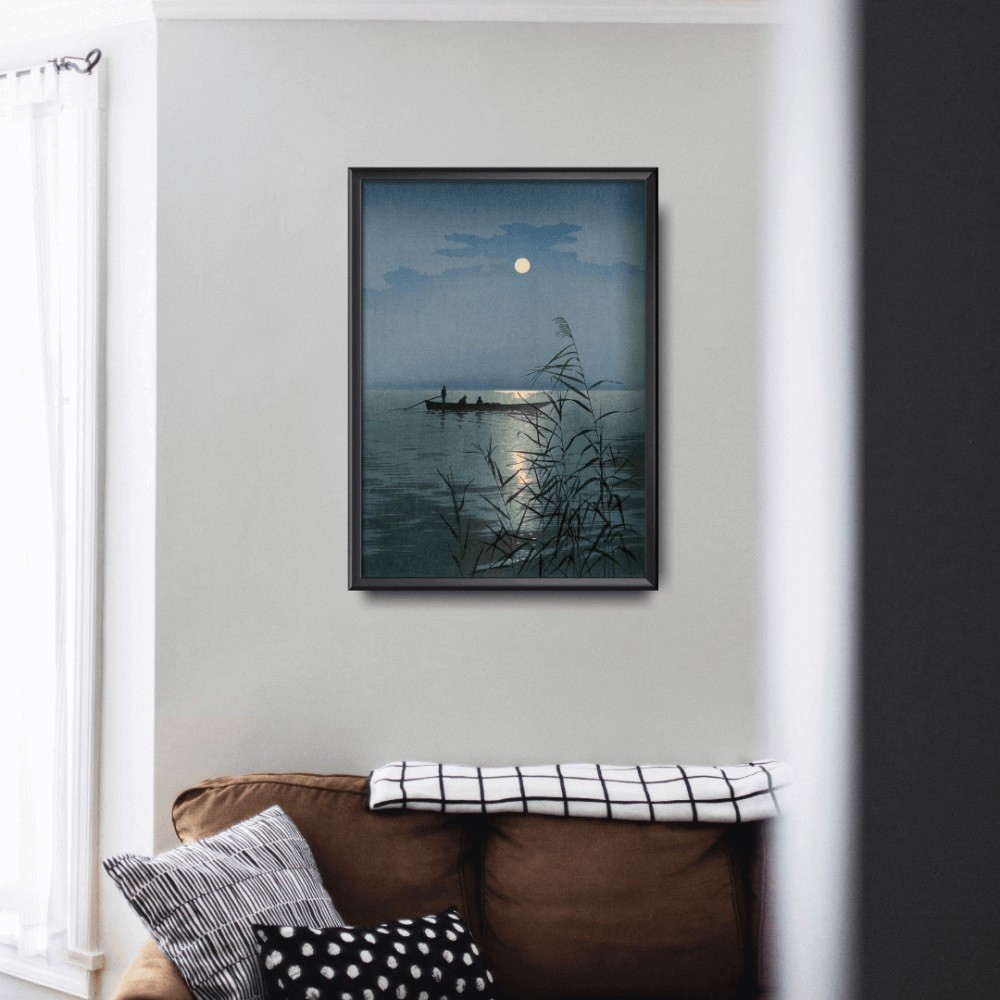
Koho Shoda, Moonlit Sea, 1930
Ukiyo-e style
Ukiyo-e is a woodblock style that developed in Japan in the 17th century and lasted continuously until the mid-19th century. The subjects discussed by the creators were traditionally Japanese. These are mainly landscapes, representations of animals, plants and images of women. However, this style was not limited only to graphics, and the works included in this trend are also traditional painting.
Kitagawa Utamaro, Powdering the Neck, 1785
However, the most interesting is the way in which the prints were made. Ukyio-e assumed the joint work of the artist, engraver, printer and publisher. The technique of making multi-colored woodblocks was extremely complicated, it required the creation of separate matrices for individual colors and their subsequent reflection so that there were no shifts in colors, therefore it required cooperation at every creative stage.
Hokusai Katsushika, known primarily under his name Hokusai, is one of the most outstanding and well-known creators of woodblocks and Ukiyo-e paintings. He lived at the turn of the 18th and 19th centuries in Edo, which we already know as Tokyo. His woodcuts, especially the Great Wave off Kanagawa, had a huge impact on artists, especially European ones, and became part of pop culture. Even if you didn't know the name of this woodcut, you must have seen it more than once in your life. Some art historians even believe that Hokusai himself is the father of modern European painting, and that his art changed the way Western artists looked at painting.
Hokusai Katsushika, the Great Wave off Kanagawa
Shin-Hang style
The situation with Shin-Hang-style woodblocks looks a bit different and the very assumptions of this art are extremely interesting from the point of view of us Europeans. All the assumptions on which it was based were created and adapted to the needs of the Western market. These woodblocks were de facto an export product thought out so that they would be a marketing success at their destination, and, as enthusiasts of the Japanese tradition claim, they had little to do with high art. In Polish conditions, we would compare them to oil prints popular in the second half of the 20th century.
Ohara Koson, Bull Headed Shrike And Spider, 1900-1930
The cause of all this confusion among Western art lovers was none other than the famous Watanabe Shōzaburō. It was he who understood the needs of the western market and decided to respond to them by creating fashion for the Orient - producing high-class, but still mass, printed images inspired by the tradition of 17th-century Japan.
While Ukiyo-e inspired European impressionists such as van Gogh or Renoir, in the case of the "new woodblocks" movement there was a kind of role reversal, where Japanese artists drew heavily on the achievements of Western painting. The strong influence of Western art on Japanese artists can be seen primarily in the play of light, painting, and the very difficult to obtain watercolor effect.
Ohara Koson has mastered the subject of birds and flowers, traditionally called kachō-e. This artist, who you may also know as Shoson or Hoson, is one of the movement's leading representatives and most prominent artists published by Watanabe. Koson began his artistic journey with traditional Japanese painting, which is clearly visible in his later works.He used woodblocks to show unusual details, such as delicate feathers or even the tiny scales of a bird's legs. His printed paintings were characterized by high artistry and pictoriality, which distinguished him from other artists.
Ohara Koson, Kakadu on a pomegranate branch
Sosaku-Hanga style
The situation is different with the movement parallel to Shin-hang, Sosaku-hang, which opposed it and was much less commercialized. An important difference between these styles is the way artists approach the subject of art. As we have already written, Shin-hanga based his assumptions on a common system of work and focus on the foreign market, while Sosaku-hanga emphasized the role of the artist as an individual creator who wanted to express himself through his works. It was also a style much more difficult to master, because only one person worked on the final print. On the other hand, the artist had full freedom of expression, and these works are characterized by expression, psychological depth and often free use of symbols.
Toshi Yoshida, Tiger, date unknown
Interior arrangement - Japanese posters
Posters showing Japanese art, both painting and woodblocks, due to their aesthetics and the subject matter - beautiful women, animals or landscapes - are decorations that will work perfectly in most interiors. Japanese art, with its symbolism and philosophy, will perfectly complement minimalist and austere interiors.
Kawase Hasui, Zensu Temple, 1937
Posters can also be combined in terms of color, creating a unique wall gallery with many pictures, or opt for a larger decoration with strong, intense colors, thanks to which the interior arrangement will be completed.
Shiro Kasamatsu, Shirahone Hotspring, 1935
At VintagePosteria, we are great admirers of Japanese art in every form - we encourage you to check out our selected offer of posters reproductions with paintings and woodblocks!
Related articles:

Green accents in the living room - how to introduce nature into the interior?
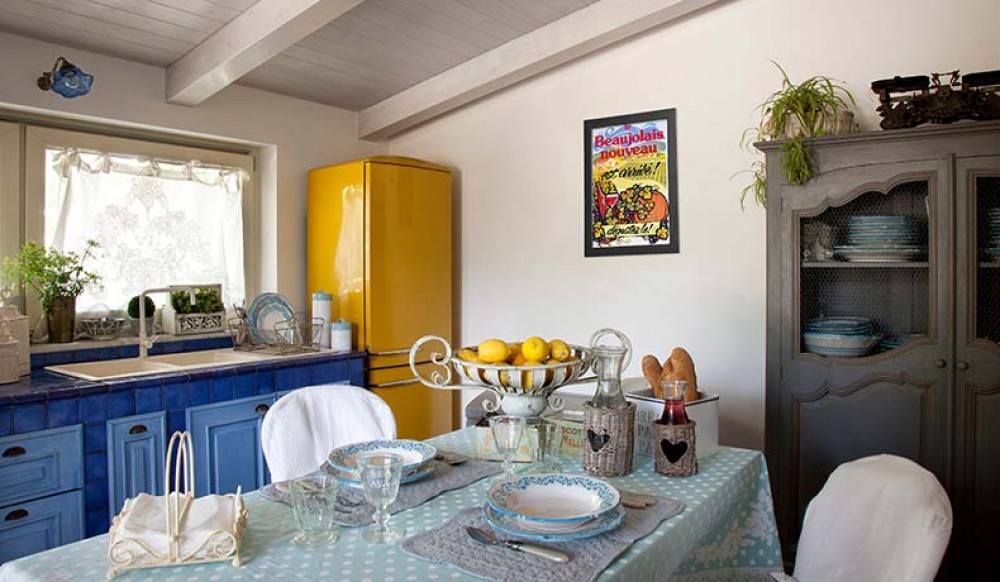
How to arrange a kitchen in retro style?
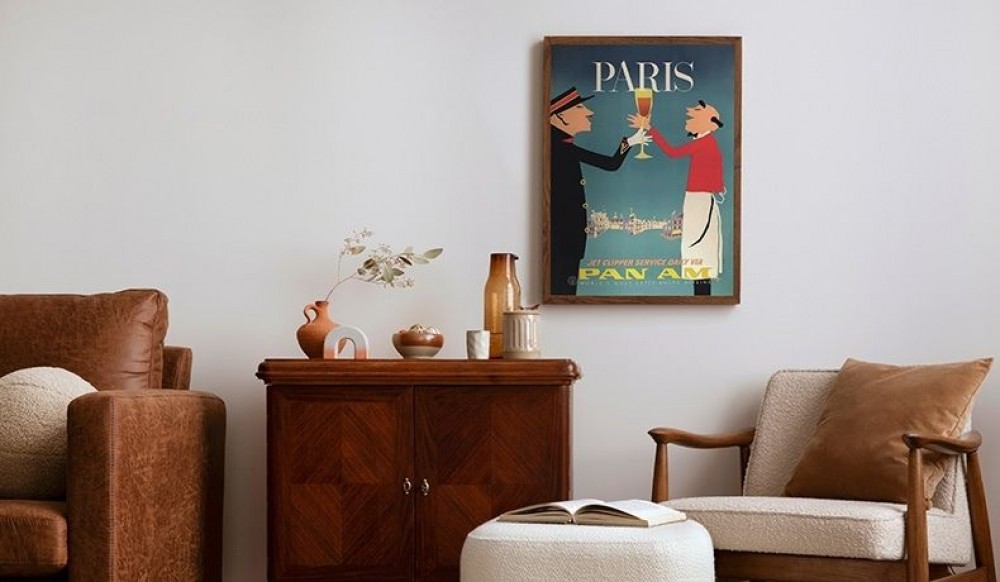
How to decorate a living room in retro style?
